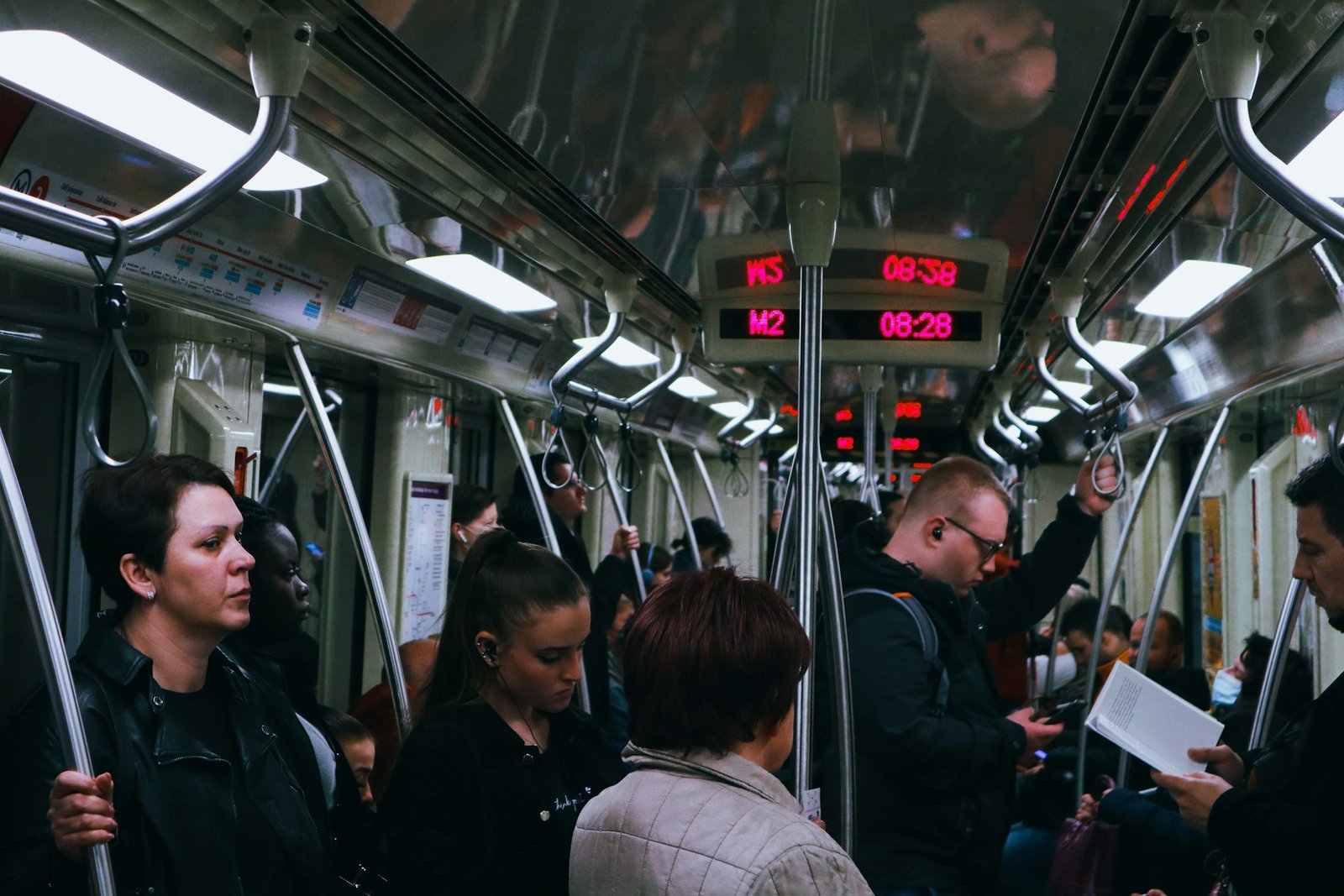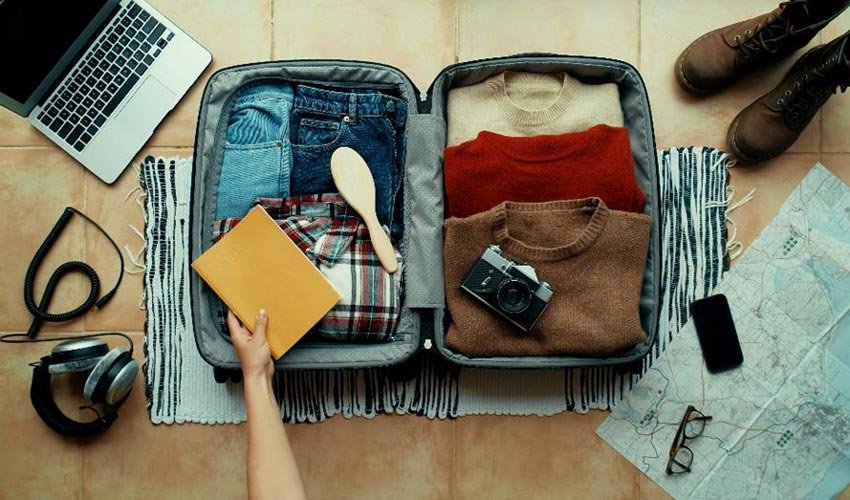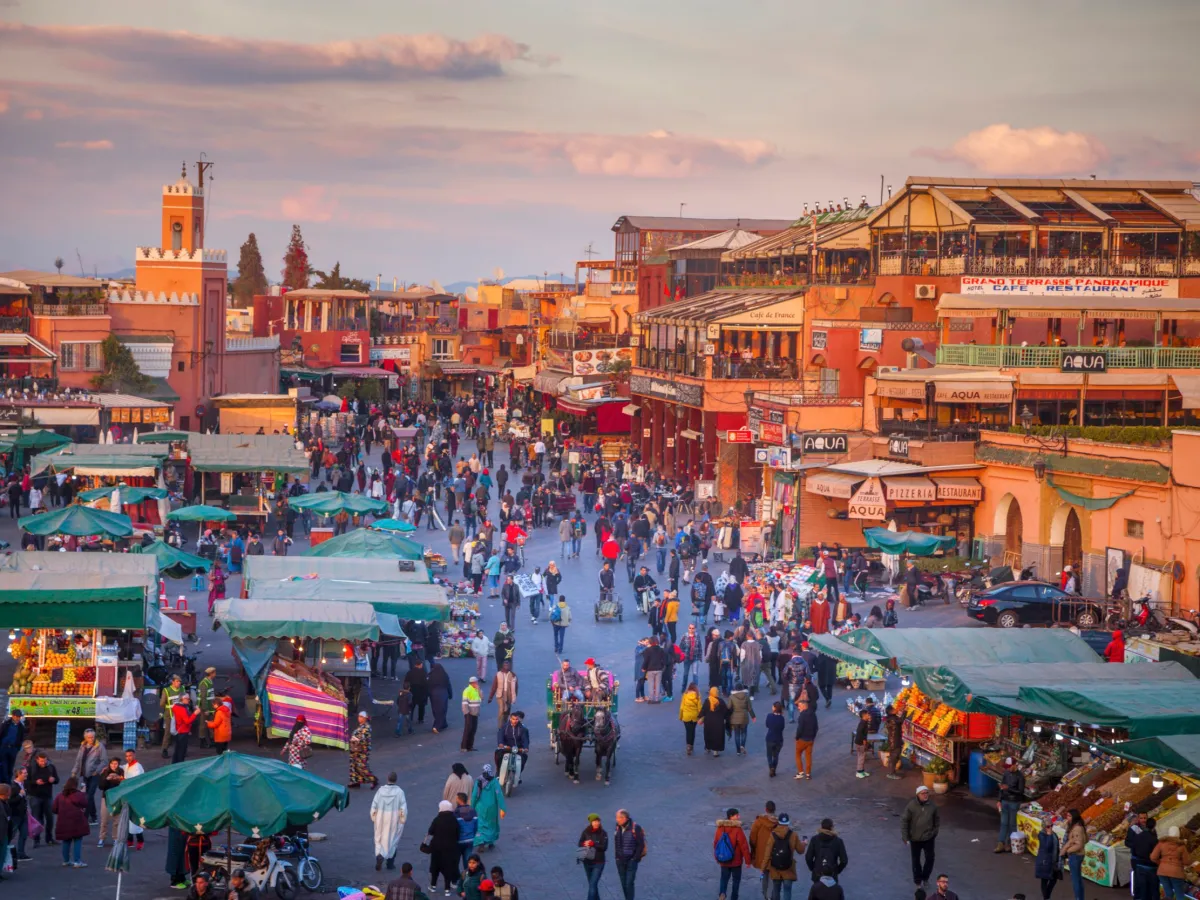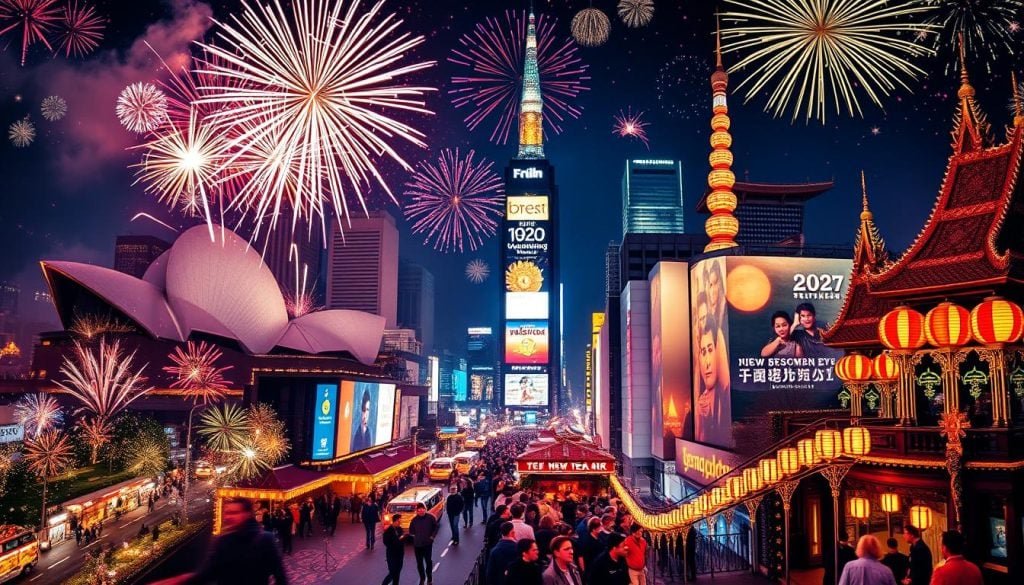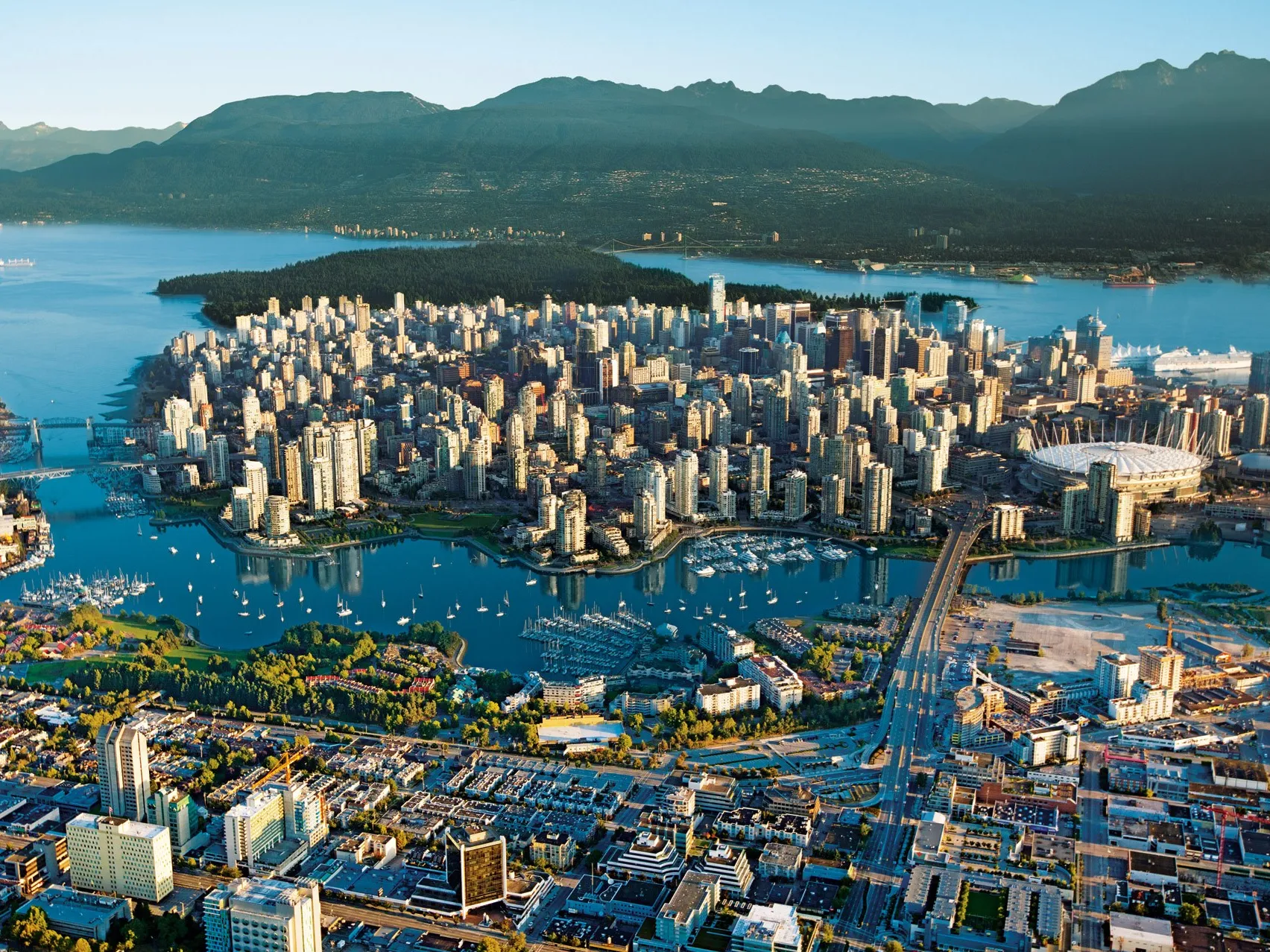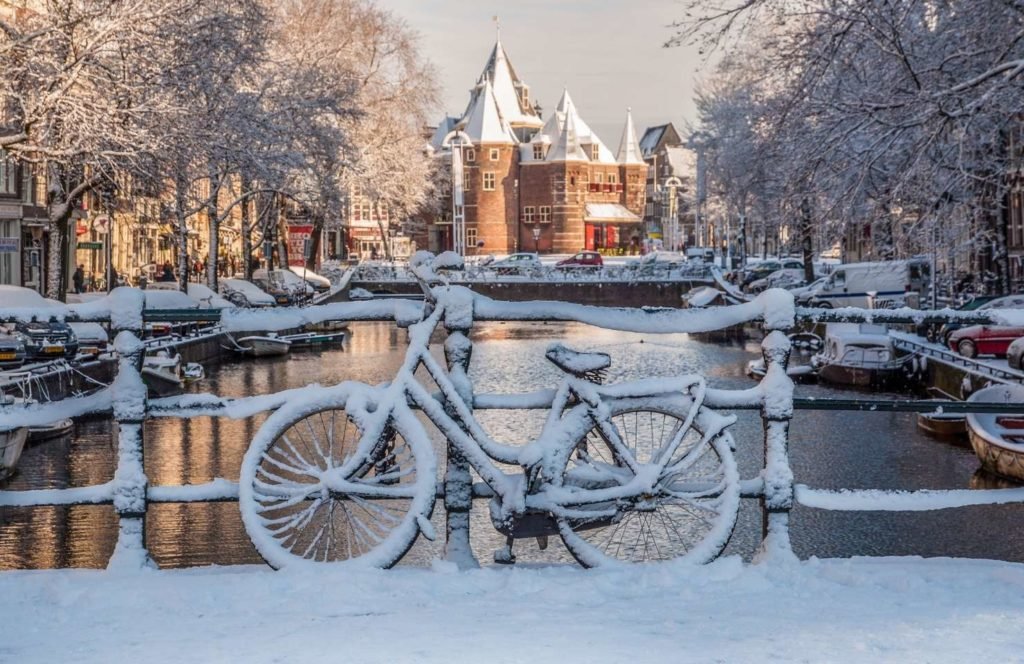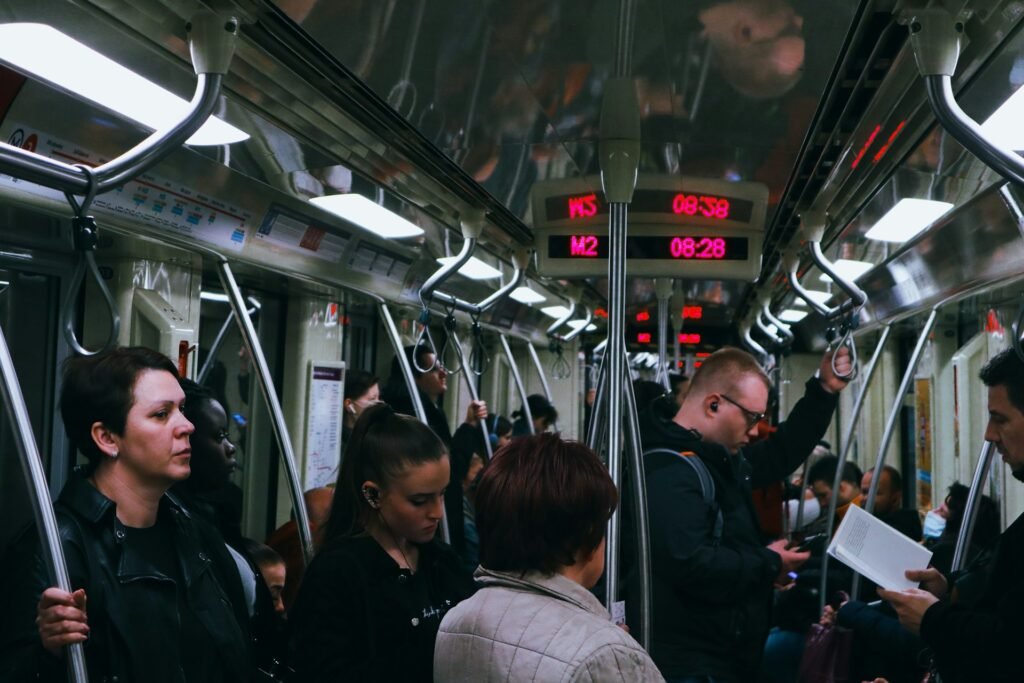
How to Navigate Public Transportation Like a Local
Getting around on public transportation can be daunting, especially in a city you don’t know well. But as someone who’s lived in several cities worldwide and has taken buses, trains, subways, and ferries in over twenty countries, I can tell you that public transit is often the best way to experience a place. It’s cost-effective, often faster than driving, and reveals a side of the city that taxis and tour buses can’t. Yet, diving into a transit system you’ve never used can feel like walking into a test without studying. The good news? Once you have a few tricks up your sleeve, you’ll be riding like a local in no time.
In this guide, I’ll share my top tips, advice, and a few stories—some funny, some borderline embarrassing—that have taught me the dos and don’ts of public transportation across different cultures. From knowing which apps to download before you even arrive to understanding the unspoken rules of subway etiquette, you’ll find everything you need to turn that anxious first ride into a smooth journey.
Research and Download Key Apps Before You Arrive
Before arriving in a new city, I always take a few minutes to research its public transportation system. It’s not glamorous, but this preparation can save you hours of frustration once you’re there. Apps like Google Maps or Citymapper are lifesavers for public transit users, offering up-to-date schedules, estimated arrival times, and often even alerts about delays.
Why It Matters: Picture this: I landed in Seoul at midnight, expecting the metro to be similar to other cities I’d visited in Asia. I was wrong—the last train had already left, and I had no idea how to find a taxi stand. If I’d researched the transit schedule, I would’ve avoided standing on a deserted platform with my suitcase and a fading phone battery.
What I Do Now:
- Step 1: Download Google Maps and any local transit apps before traveling.
- Step 2: Save essential routes and station names in my notes, especially if there’s a language barrier.
- Step 3: Double-check if any routes or trains close earlier than expected. Many cities, especially smaller ones, stop their service earlier than you might think.
It’s a small task that can make or break your first impression of a new place.
Know the Etiquette and Unspoken Rules
One thing that surprises a lot of first-time travelers on public transportation is that every city has its own “rules of the road.” The unspoken etiquette of a subway in New York is totally different from that of a bus in Tokyo. These rules might seem minor, but following them shows respect for the locals and helps you blend in.
Respect Quiet Zones and Phone Rules
In many cities, people avoid talking on the phone or even speaking loudly on public transportation. It’s just seen as impolite. For instance, in Tokyo, people go to great lengths to avoid disturbing others—sometimes it feels like there’s an unspoken vow of silence on the subway.
Story: Once in Paris, I got a glare for speaking too loudly on a bus while excitedly telling a friend about a café we’d just visited. It wasn’t until later that I realized locals keep conversation to a minimum on public transit. Lesson learned!
Stand on the Correct Side of Escalators
Most places have a designated “standing” side on escalators. In London, for example, everyone stands on the right so others can walk up the left. It sounds simple, but trust me, blocking the fast lane will earn you an angry sigh (or worse).
Quick Guide to Escalator Etiquette in Major Cities:
| City | Standing Side | Walking Side |
|---|---|---|
| London | Right | Left |
| Tokyo | Left | Right |
| New York | Right | Left |
Knowing the city’s etiquette before you get on public transit can help you blend in and feel more comfortable in unfamiliar territory.
Buy a Local Transit Card or Pass
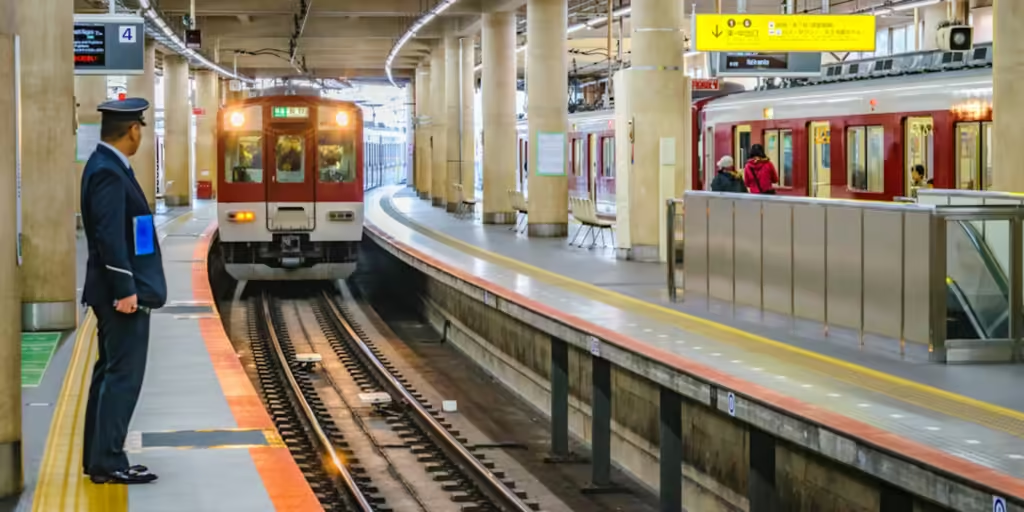
Most major cities have a local transit card system that makes it easy to pay for rides without dealing with cash or ticket machines. Having one of these cards not only makes commuting easier, but it also helps you look like a seasoned local instead of a lost tourist.
Top Choices:
- Oyster Card in London: It’s a classic, and fares are discounted when you use it.
- Suica or Pasmo in Tokyo: These cards can be used across various forms of transportation, and even at convenience stores!
- MetroCard in New York City: A must-have for subways and buses in the city.
Why I Prefer These Cards: With a transit card, I don’t have to worry about counting change or accidentally purchasing the wrong ticket. Plus, many of them offer cheaper fares, which saves a little money over time—a huge win if you’re traveling on a budget.
Don’t Rush and Avoid Peak Hours (If You Can)
Whenever I’m navigating public transportation in a new place, I try to avoid peak commuting hours if possible. Not only is it less stressful, but it also lets me see the city at a more relaxed pace.
Example: In Bangkok, rush hour on the Skytrain is a whirlwind. The train cars are packed, and maneuvering with a suitcase in that crowd is nearly impossible. I learned the hard way on a Monday morning, stuck shoulder-to-shoulder with office workers and students. Now, if I can, I plan my rides mid-morning or early afternoon to avoid the crowd.
Benefits:
- Less Crowded Rides: You get a better view of the city as you’re riding along.
- More Relaxed Atmosphere: Locals are more willing to help if you’re not getting in the way during their commute.
- Better Timing for Photos: If you’re snapping photos, you’ll have more room and less chance of disrupting anyone.
Ask Locals for Tips on the Best Routes and Shortcuts
One of the best ways to navigate public transportation like a local is to ask locals themselves. Often, the fastest or easiest route isn’t always the one you’ll find on a map. In some cities, locals have shortcuts and back routes that make getting around easier.
Story: In Berlin, a friend of mine showed me a tram route that avoided the busy central stations altogether, saving me ten minutes on my commute each day. This route wasn’t on any tourist map, but it was well-known to Berliners. It’s the kind of insider knowledge you can only get by asking around.
Conclusion
Riding public transportation in a new city can feel intimidating, but with the right tips and a little prep work, you can navigate like a local. Remember, every city has its quirks and unspoken rules, but that’s part of the fun. By understanding a few basics, respecting local etiquette, and perhaps learning from my own trial-and-error moments, you’ll not only save money but also see a more authentic side of the city.
In the end, blending in with locals on public transit is more than just getting from point A to point B—it’s about feeling connected to the pulse of the place, and that’s where the real travel magic happens. Happy commuting!

